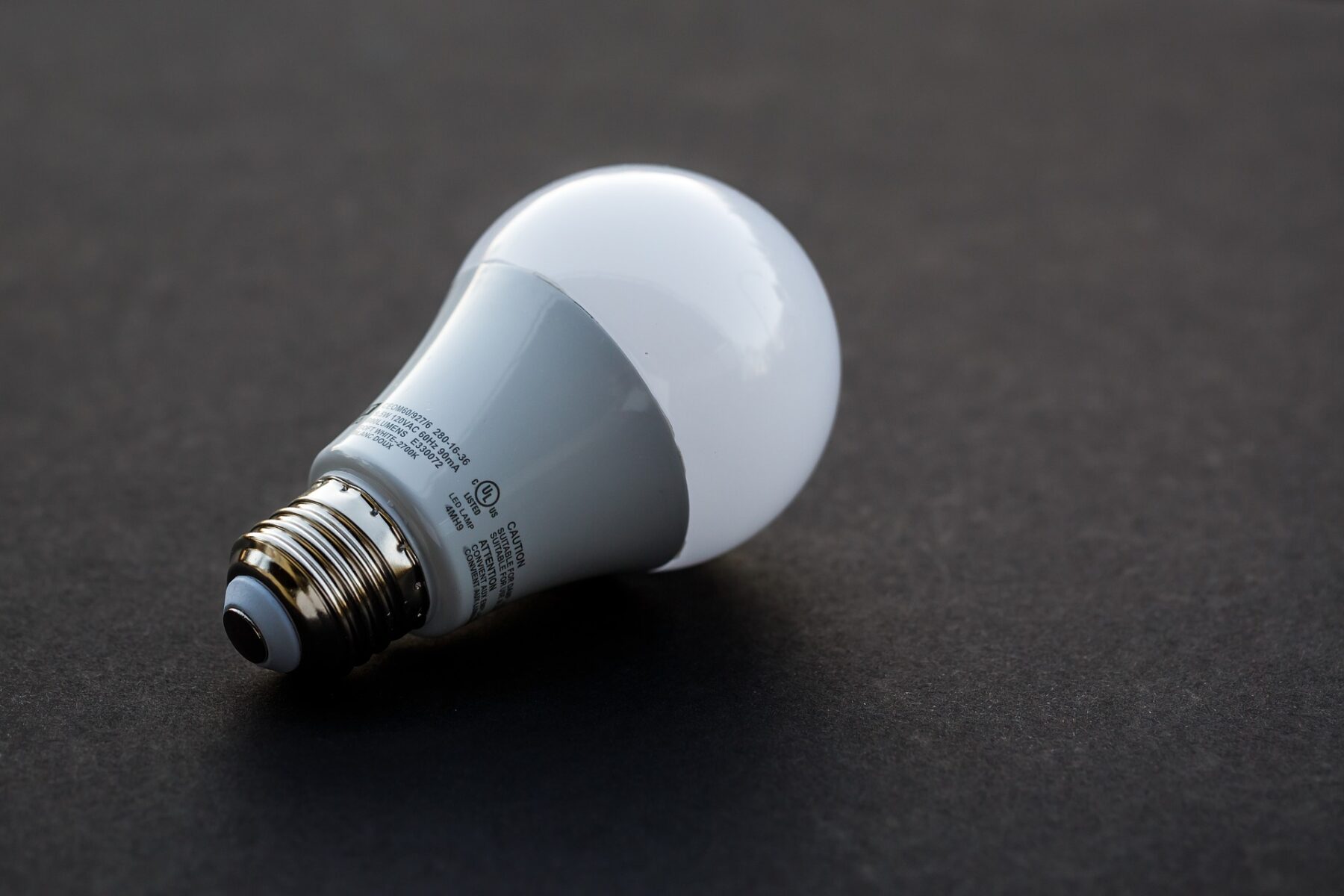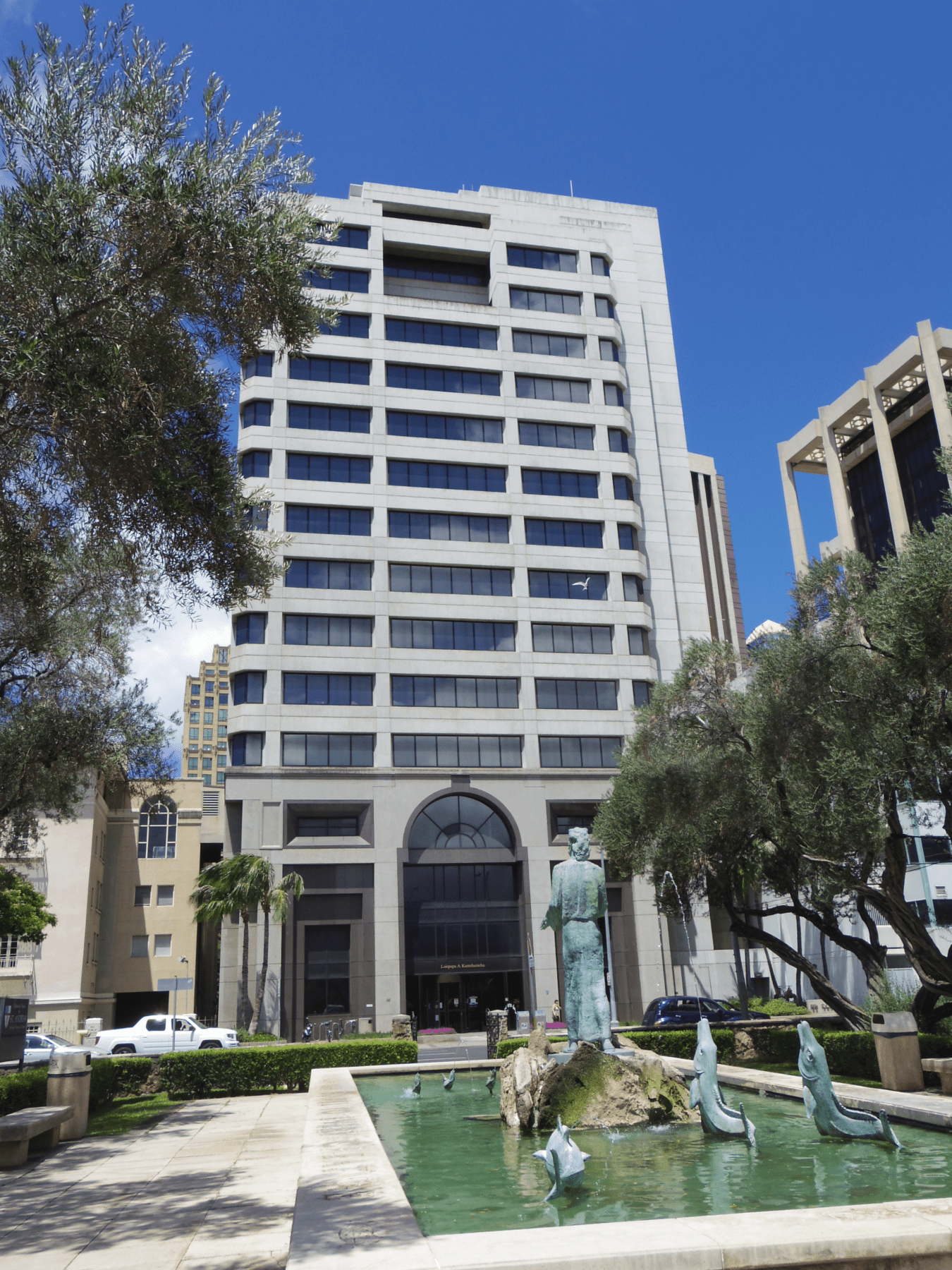
AT HOME, AT WORK, AND ON THE GO
OVERVIEW OF Hawai‘i’S ENERGY EFFICIENCY TRANSFORMATION
Reducing energy use is an important part of Hawai‘i’s overall transformation and helps reduce the overall amount of land and resources necessary for meeting Hawai’i’s energy needs.
Therefore, the state is:
- Aligning Hawai‘i’s laws and policies with clean energy goals.
- Supporting the retrofitting of existing residential and commercial buildings.
- Strengthening building codes and efficiency standards.
- Participating in and promoting other energy efficiency measures, such as water efficiency and resource efficiency measures.
Hawai‘i aims to maximize efficiency through new technologies, building practices, retrofits, and consumer behavioral change. Reducing energy use is something everyone can do to help Hawai‘i achieve its clean energy goals.
RESOURCES
Whether you are looking to improve your home’s energy efficiency or investing in your business to reduce energy costs, the Hawai‘i State Energy Office has you covered. The expert staff has compiled a list of materials and resources to help all sectors reduce electricity consumption through energy-efficient products and residential and commercial rebates and incentives.
PERFORMANCE STANDARDS
ENERGY STAR® is the nationally recognized symbol for energy efficiency performance. It was introduced by the U.S. Environmental Protection Agency as a voluntary labeling program to identify and promote energy-efficient products and buildings. More than 100 of the 177 ENERGY STAR-labeled buildings in Hawai‘i are State owned and 80 are public schools. The Hawai‘i Revised Statutes Chapter 196-30 directs each state department to benchmark buildings 5,000 square feet and above, using the ENERGY STAR portfolio manager or an equivalent tool.
The U.S. Green Building Council oversees another nationally recognized voluntary program called the Leadership in Energy and Environmental Design (LEED) Program that certifies buildings that achieve a high level of beyond-code energy and resource efficiency in new and existing buildings and homes. The Hawai‘i Revised Statutes Chapter 196-9 directs State agencies to design and construct buildings to meet the LEED Silver level or equivalent. Over 50 of the LEED-certified buildings in Hawai‘i are state owned. Hawai‘i regularly ranks among the top 10 to 15 of states recognized annually for LEED projects.
Click below to view a map of locations of LEED certified buildings.
Please view map on a bigger screen.

ENERGY EFFICIENCY TIPS
Taking small steps around your home, office, and transportation choices can help make a difference on your electric and gas bills.
Energy-Savings-Tips-at-Home-Handout-1PAGER
